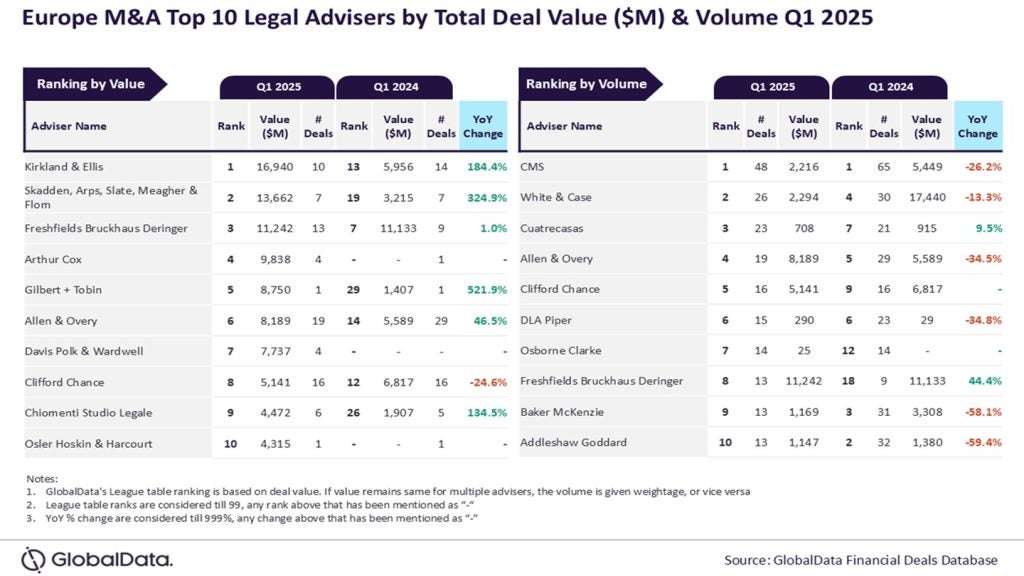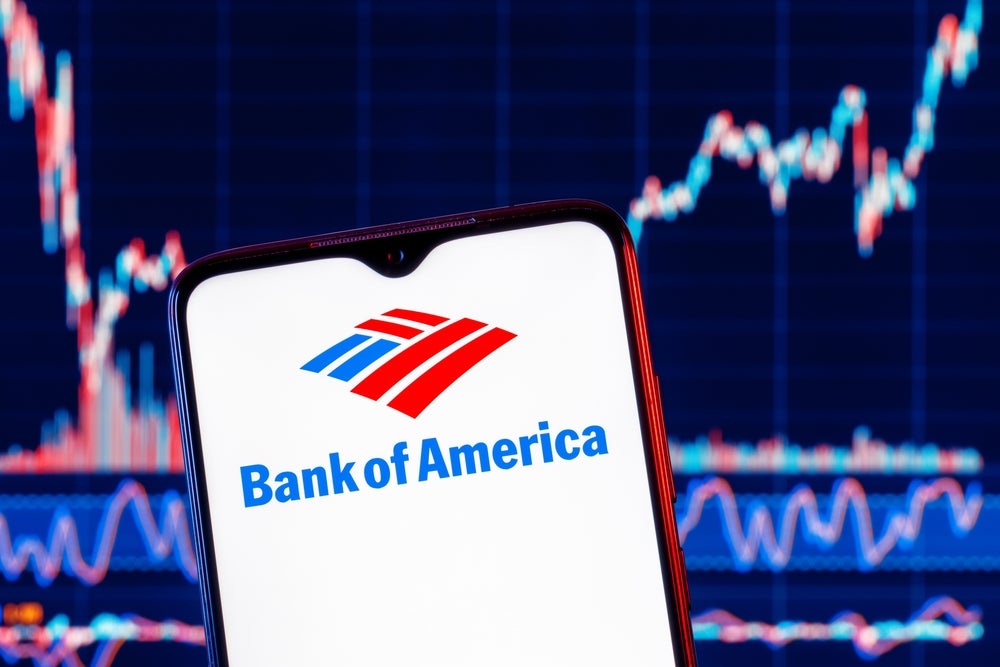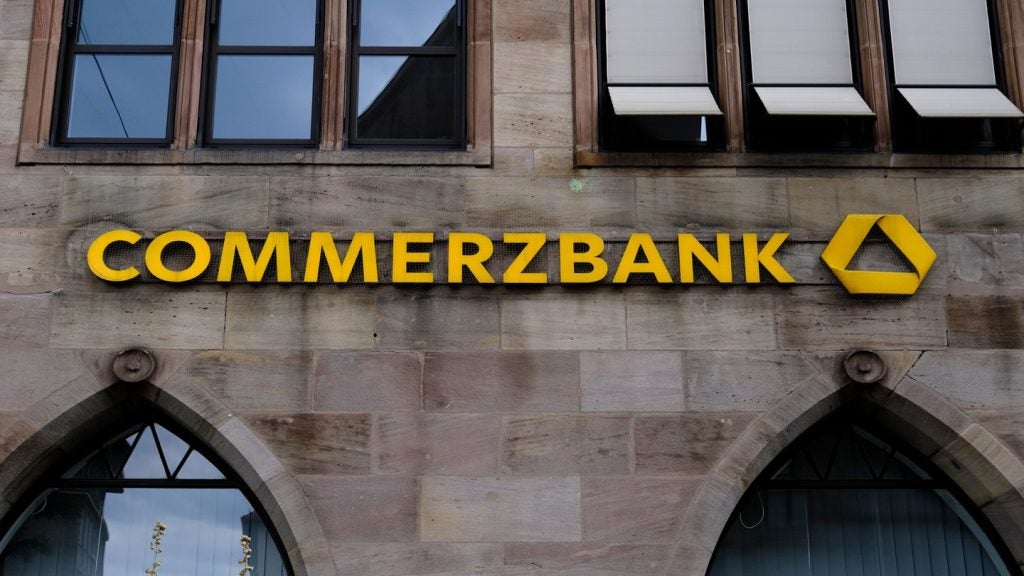
Hana Financial Q1 2021 net income beats analyst forecasts with a 27% year-on-year rise to KRW834.4bn ($750.4m).
The Hana Financial Q1 2021 earnings are notable for solid net interest income. Specifically, Hana’s net interest income is ahead by 6.1% from the prior quarter mostly led by a decrease in funding cost.
The bank’s net interest margin of 1.61% is up from 1.55% but inches down 2 basis points year-on-year.
At the same time, the bank posts strong fee income growth. This is thanks to greater revenues from non-bank subsidiaries.
Hana Q1 2021: record fee income despite Covid
Indeed, Hana reports record fee income for the first quarter, despite the pandemic, up by 17.3% y-o-y.
Hana is successfully stabilising credit costs, driven by pre-emptive pandemic-related provisioning.
The group NPL ratio and delinquency ratios both move in the right direction y-o-y. The group NPL ratio falls by 7 basis points with the delinquency ratio down 1 basis point to 0.30%.
Within the group, Hana Bank net income rises by 3.8% y-o-y to KRW575.5bn. Meantime, net income at Hana Card rises by 139% to KRW72.5bn.
Group total assets are ahead by 8.8% to KRW615.3bn. At Hana Bank, total loans are up by 9.7% with deposits up by 8.3% y-o-y.
Digital banking highlights
Hana ends the first quarter with just over 12 million mobile banking subscribers, up 8% y-o-y. The bank also reports strong digital inclusion metrics for key sales. For example, 86.9% of all unsecured loans are now sold digitally. Corresponding digital sales metrics for time/instalment deposits and funds management are 70.7% and 92.8% respectively.
At group level, the bank ends the first quarter with a CET1Ratio of 16.36% up from 14.2% in the prior quarter. This is partly due to implementation of the final Basel III regulations.
Of the six major South Korean banks, Hana ranks the fourth-largest by assets. It slots in behind KB Financial, Shinhan and Nonghyup Bank and ahead of Woori and Industrial Bank of Korea.






